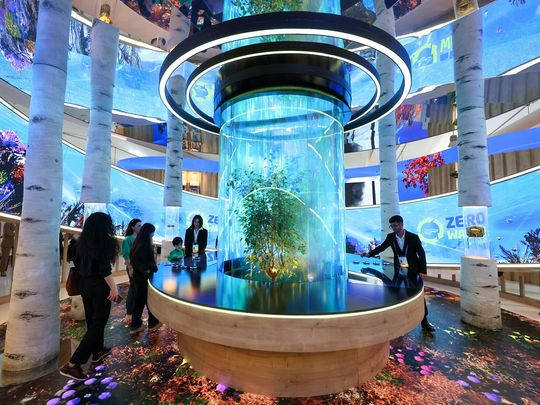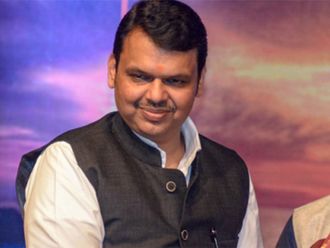
“The direction you choose to face determines whether you’re standing at the end or the beginning of a road,” stated Richelle E. Goodrich, an American author.
When the United Nations Framework Convention on Climate Change (UNFCCC) recognised the need for a global response to the increasing concentrations of greenhouse gases (GHGs) in the atmosphere and held the first Conference of Parties (COP) in 1995 in Berlin, Germany, it was indeed the beginning of a process to assuage warming.
The landmark event united representatives from around the globe to discuss and negotiate measures to combat the growing threat of climate change.
The conference was attended by 117 Parties and 53 Observer States. However, environmental NGOs were disappointed that they were not allowed access to the main floor of the plenary session. Several claimed that lack of access to them was not customary in such meetings, particularly due to their contribution to the convention.
Overall, the two-week session garnered a successful rating, which compelled Michael Zammit Cutajar, then Executive Secretary of the UNFCCC, to remark that COP1 was the biggest event for the convention.
Intent and goals
After endless hours of negotiations and consultations, delegates with vastly different priorities and concerns accepted one of the central issues of COP1. The individual country commitments emanated from a mandate to return their GHG emissions to 1990 levels by 2000.
While an agreement was reached that the Permanent Secretariat would be located in Bonn, Germany, the consensus on the Rules of Procedures, the decision on voting majorities (two-thirds, three-fourths), protocol adoption and seat allocation on the Bureau were deferred to COP2.
Delegates also discussed establishing a pilot phase to implement joint projects, the Secretariat’s budget and financial procedures.
One of the most critical outcomes was the adoption of the Berlin Mandate, a process to negotiate stronger commitments for developed countries to reduce GHG emissions. It recognised that the existing pledges under the UNFCCC were insufficient and demanded robust targets.
Another significant topic of discussion was the establishment of financial mechanisms to support developing countries in their efforts to combat climate change. This included funding for adaptation and mitigation projects, and technology transfer to help them transition to low-carbon economies.
COP1 also focused on establishing the rules that would guide the operations of succeeding meetings. These rules are essential for ensuring that the commitments made at the COPs are implemented and negotiations are conducted transparently.
Key outcomes
COP1 laid the groundwork for future climate parleys and set the stage for subsequent conclaves, primarily revolving around debates and conciliations. The aim was to review the progress towards the UNFCCC’s goal of limiting climate change.
It reviewed national communications and emission inventories submitted by the Parties. The analysis was essential for assessing progress in achieving the objectives and identifying areas where further action was required.
Among its main outcomes, COP1 adopted decisions on guidance to the Global Environment Facility (GEF), activities of the Specific International Programme (SIP), and guidance on trade in mercury, stocks and sources of supply of mercury, exemptions, artisanal and small-scale gold mining and emissions.
The conference culminated in a high-level segment hosted by Kaspar Villiger, then-President of Switzerland.
Termed ‘Make Mercury History’, it celebrated the international community’s commitment to the Minamata Convention, an international treaty designed to protect human health and the environment from anthropogenic emissions and releases of mercury and its compounds.
(This naming is of symbolic importance as Minamata, the Japanese city, went through a devastating incident of mercury poisoning).
Following COP1, the secretariat contacted parties and stakeholders inviting submissions and nominations for the intercessional processes. These efforts are ongoing, and hopefully, they will show positive results soon.
As Karon Waddell, the mindfulness-based stress reduction teacher said, “You are never too old to start over. Every day is a chance to make changes to create the life we want.”
(Next week, the author will be writing on the future of climate change efforts ‘Four years of turbulence in climate change protocols’)
Dr Abdullah Belhaif Al Nuaimi is Chairman of the Advisory Council of the Emirate of Sharjah










